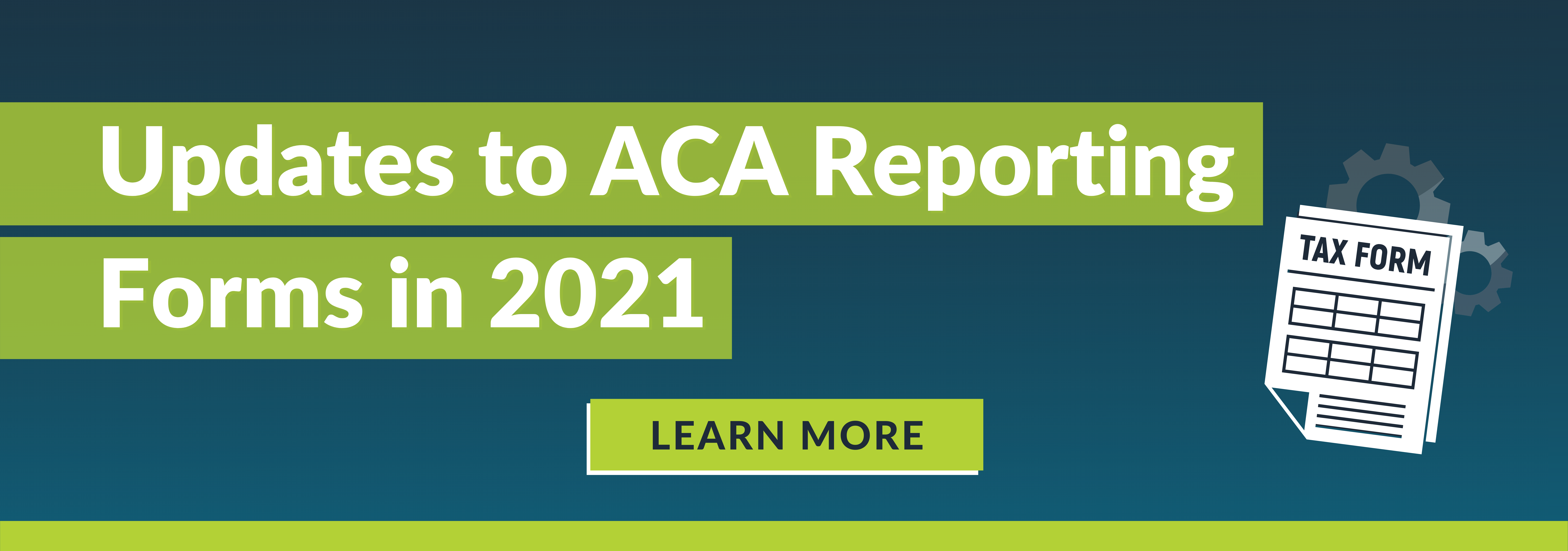
Written by
Drew Gieseke
Drew Gieseke is an aPHR®-certified marketing professional who writes about HR, compliance, and healthcare solutions.
Form I-9 FAQ: How to Fill Out Form I-9 Step-by-Step Guide

Between Form 1095-C requirements, offer letters, and other withholding forms, employers must adhere to a variety of compliance regulations during the new hire and onboarding process. Among these vital rules is Form I-9, which helps employers verify a new worker’s employment eligibility. Learn more about this important document and what employers should know about it in 2021.
What is Form I-9?
Form I-9 is an official U.S. Citizenship and Immigration Services (USCIS) document that helps a company verify that its employees are legally permitted to work in the United States.
Are Employers Required to Verify Form I-9?
Every American employer is required to complete Form I-9 for each worker they hire, including both citizens and noncitizens.
Likewise, people who are hired by American employers must fill out Form I-9 and present documents that verify their identity and authorization to work in the country. According to the USCIS, acceptable documentation must establish a worker’s identity and employment authorization.
This information can be audited or inspected by U.S. Immigration and Customs Enforcement (ICE). In these instances, the department will issue a Notice of Inspection (NOI) to compel employers to produce Forms I-9 within three business days. Penalties for employment violations can exceed $20,000, which makes compliance absolutely critical for employers.
What is Considered Acceptable Documentation for Form I-9 Authorization?
USCIS identifies three different categories of documents that newly hired employees must provide to verify their identity, split into Lists A, B, and C. Documents that establish an employee’s identity and work authorization are included in List A while documents that only establish identity are included in List B and documents that only establish employment authorization are included in List C.
Workers who present a document from List A shouldn’t be required to present any additional documents. However, workers who choose not to present a document from List A must provide examples from both List B and List C together to receive authorization.
Examples of commonly accepted documents in List A include:
- A U.S. Passport or U.S. Passport Card
- Permanent Resident Card
- Previous Permanent Resident Card with signature
- Employment authorization document
Examples of commonly accepted documents in List B include:
- Driver’s License
- School ID card with a photograph
- Voter registration card
- U.S. military card or draft record
Examples of commonly accepted documents in List C include:
- U.S. Social Security account number card
- Native American tribal document
- Certification of Report of Birth issued by the U.S. Department of State (Form DS-1350)
How Do Employers Verify Form I-9?
According to the USCIS, Form I-9 Employment Eligibility Verification is made up of three components:
- Section 1 – Employee Information and Attestation: Filled out by newly hired employees
- Section 2 – Employer or Authorized Representative Review and Verification: Filled out by employers
- Section 3 – Reverification and Rehires: Completed by employers, this step is reserved for employees who are rehired or whose employment authorization needs to be reverified
Employees must complete Section 1 no later than their first day of work. They then deliver documents to the employer, which then fills out Section 2 no later than the third business day after the employee starts their job. The employment verification documents must be reviewed in the physical presence of the person presenting the forms.
One important note: The USCIS is clear that employers aren’t required to be document experts. In other words, if an HR professional or hiring manager believes a document to be genuine in relation to the worker who presented it, they should accept the document.
However, if HR believes that a document doesn’t reasonably appear to be authentic in relation to the worker who presented it (i.e. it’s a real passport but not for the person in question), HR must reject the document and request additional forms of verification. The USCIS lists a number of different scenarios that employers should consider during this process, which can be found here.
How Long Should Employers Retain Form I-9?
Employers are required to retain Form I-9 for all employees hired after Nov. 6, 1986, for as long as the employee works for them. Once a worker leaves the company, employers must keep their Form I-9 on file using the following guidelines:
- If a worker was employed for less than two years, their Form I-9 must be retained for three years after the date entered in the First Day of Employment section of the document
- If a worker was employed for more than two years, their Form I-9 must be retained for one year after the date they stopped working for the employer
Employers can store Form I-9 on paper, microfilm, or electronically. SHRM also recommends that employers store Form I-9 separately from other personnel records, as they often include especially private or protected information.
What Else Should Employers Know About Form I-9?
For workplaces operating remotely as a result of the COVID-19 pandemic, ICE issued a temporary policy that extends Form I-9 compliance flexibility. Now, the physical presence requirements associated with Employment Eligibility Verification have been deferred until Aug. 31, 2021—a deadline that may be extended again.
At the onset of the pandemic, ICE announced instructions that clarified these operations. According to a news release issued on March 20, 2020, once operations return to normal, all employees who were onboarded remotely and verified their Form I-9 information electronically “must report to their employer within three business days for in-person verification” of the form and accompanying documents.
Employers can use E-Verify—an online system that compares Form I-9 information with government records—to confirm an employee’s eligibility for work in the United States. With this in mind, there are a few key differences between E-Verify and the official form, including:
- Form I-9 is mandatory for all employers while E-Verify is voluntary for most employers
- Form I-9 doesn’t require a Social Security Number while E-Verify does
- Form I-9 doesn’t require a photo on identification documents but E-Verify does
- Only Form I-9 can be used to reverify expired employment authorization

Written by
Drew Gieseke
Drew Gieseke is an aPHR®-certified marketing professional who writes about HR, compliance, and healthcare solutions.
Related Posts
Part-time work is becoming increasingly common in today’s workforce—especially for...
As you know, healthcare and benefits can be complicated, which can make the enrollment...
With the deadline for filing and distributing 1095-C forms approaching, staying...
A strong paid time off (PTO) policy helps retain current talent and attract prospective...







Submit a Comment